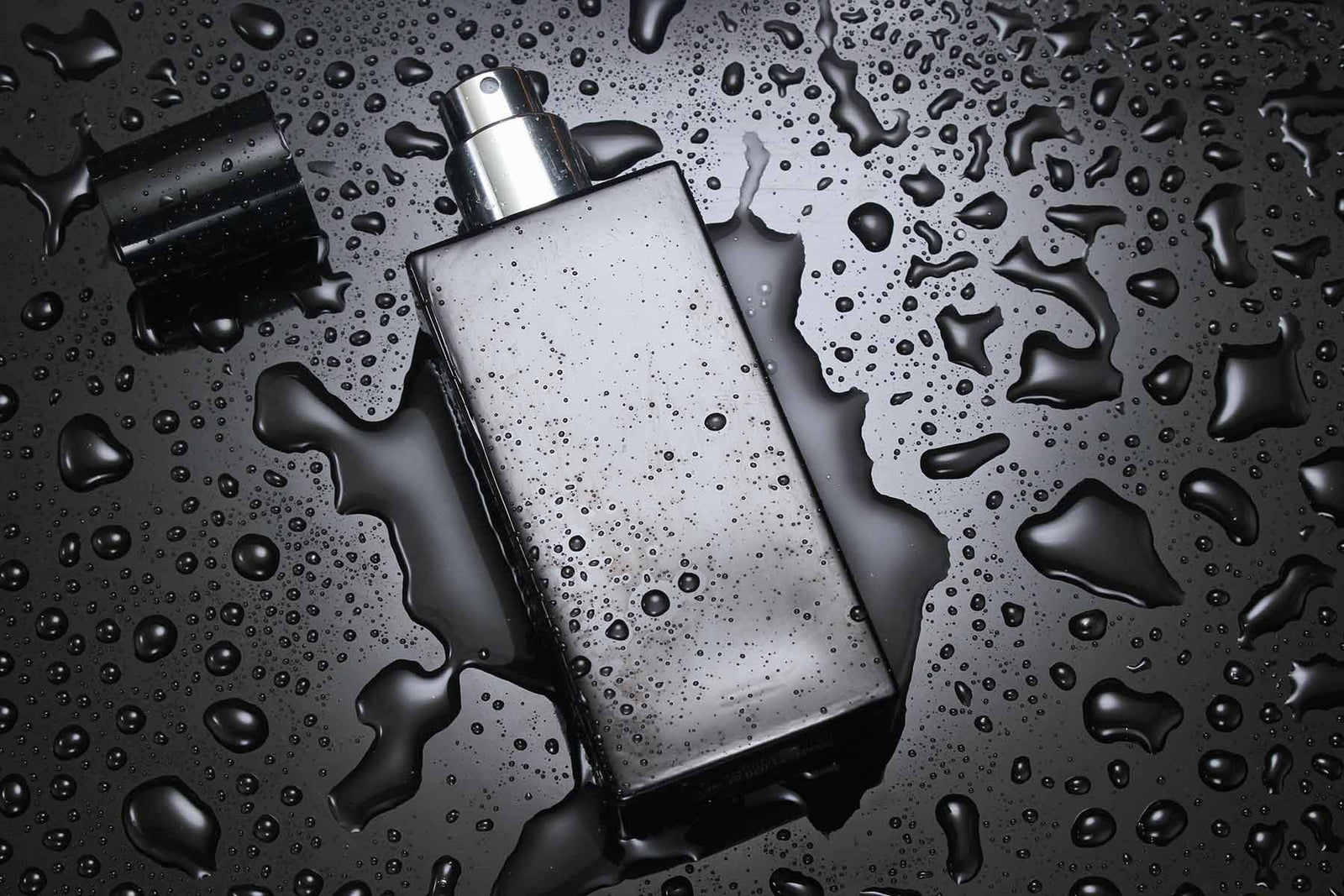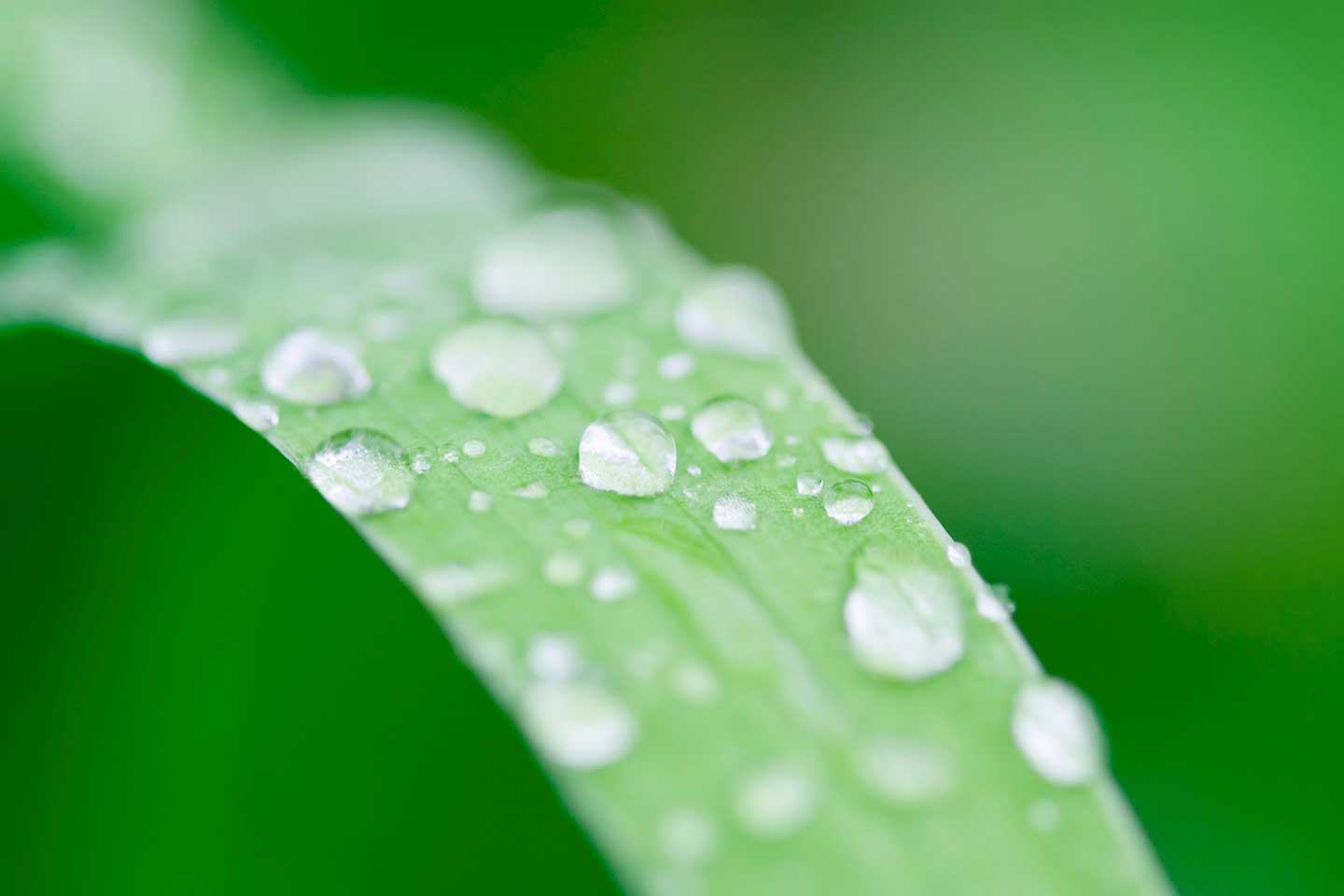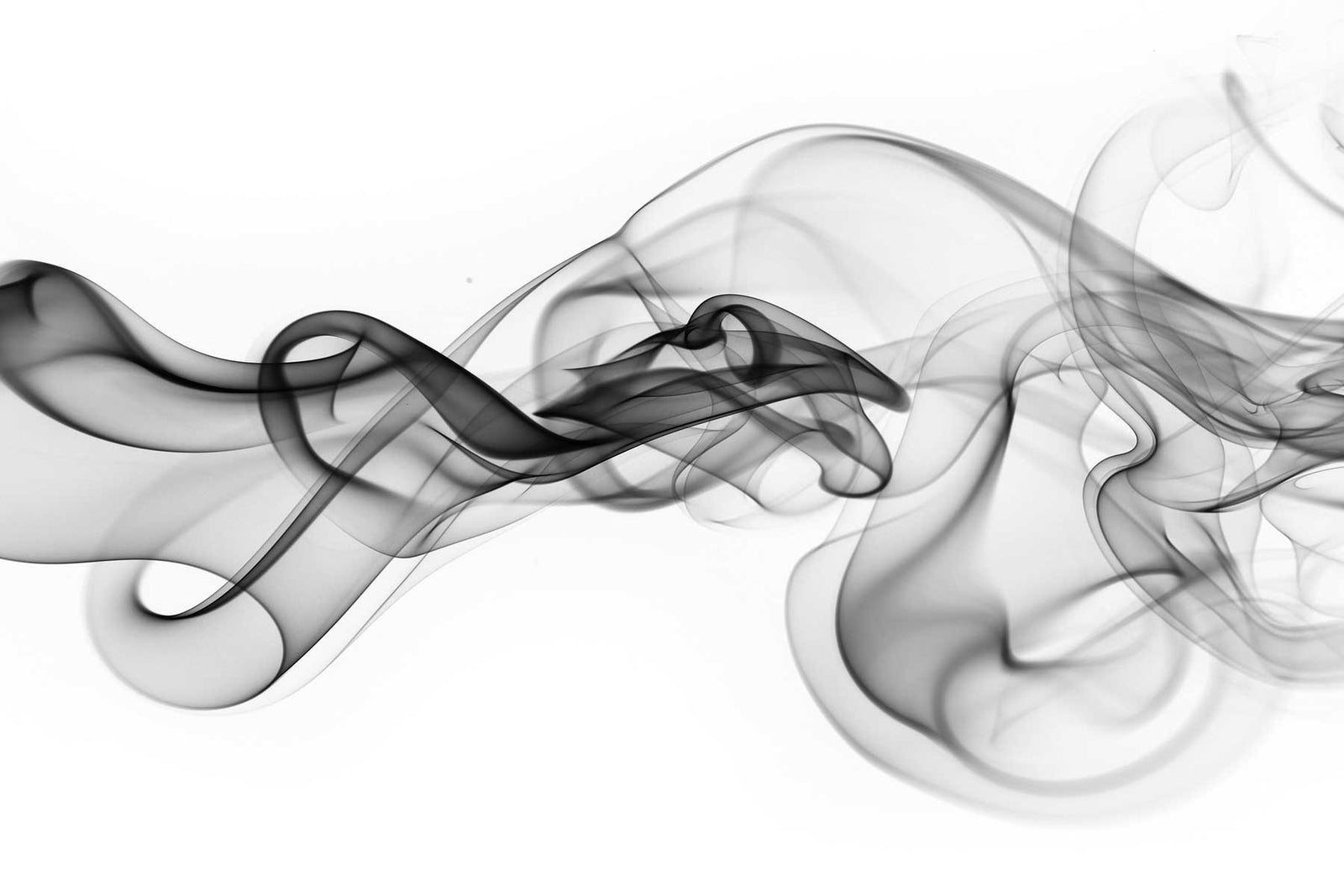Your Cart is Empty
Free Shipping orders over $100 (US only)
Menu

Free Shipping orders over $100 (US only)
Our Fragrances
The (lost) Art of Smelling

We live in a world of stimulation overload. Buzzing, beeping, chirping, chattering, flashing, blinking -we are constantly bombarded by sights and sounds that divert our attention through a sea of stimulus at an ever increasing pace. So when I began to explore the sense of smell, I was surprised and exhilarated to be awakened to a whole new world – one that I’ve been living in my entire life.
Image by Thomas Ulrich from Pixabay
From an early age, we are taught how to make and hear sounds, how to see and interpret colors, but we are never really taught how to understand and identify smells. Instead, aromas are lumped into ‘good’ or ‘bad’ categories, and literal definitions have become our fragrance lexicon. Chocolate smells like chocolate. Roses smell like roses.
But when it comes to understanding fragrance, especially on a personal level, we need to expand our horizon along with our vocabulary. Sure, you can scan through the internet and learn about top, mid and dry notes with all kinds of fancy names and classifications, but what does all that mean if you still can’t articulate in words what those smells mean, feel, and convey? How would you describe the smell of chocolate to someone who doesn’t know what chocolate is?
Fortunately, doing so does not require a perfumer’s education or a three year apprenticeship in the fields of Grasse – just some general awareness and creative thinking. The first step is to start noticing, mixed among the sights and sounds of hectic daily life, the scents that permeate our world - some pleasant, some not, but always there, all the time. Every day we encounter an endless array of odors and perfumes from nature, other people, machines, food, and the countless combinations inbetween. Sadly, most of these smells go by unnoticed and our sense of smell has been reduced to a practical function of identifying food and danger. So bring your nose back to life and start noticing, identifying, and sorting the smells you encounter, good or bad, every day.
Next, we have to stop thinking of a fragrance as the definition of its ingredients and start re-learning a language we already know, using familiar words in an entirely new context. What texture does a smell have? What color? What feeling or mood does a smell convey? How would you identify one smell among others? The best part is that there are no right or wrong answers, only individual interpretation and expression – so be creative, and smell from the heart!
After all, no one can describe how fragrances smell better than you!
1 Response
Leave a comment
Comments will be approved before showing up.
Also in Fragrant Thoughts

Perfume Labeling Requirements: US vs. EU
by Nathan Motylinski 3 min read
cosmetic compliance EU fragrance regulation fragrance allergen disclosure perfume labeling requirements U.S. perfume labeling law
Discover the key differences between U.S. and EU perfume labeling laws. Learn what must appear on fragrance labels, from ingredient lists to allergen disclosure, and get updated on the EU’s expansion from 26 to 80+ fragrance allergens.

ISO 9235 Standard Explained
by Nathan Motylinski 3 min read
clean fragrance fragrance compliance standard ISO 9235 fragrance standard natural fragrance oil plant-based fragrance formulation sustainable perfume ingredients
ISO 9235 is the international benchmark for defining natural fragrance oils and ensuring clarity in plant-based fragrance formulations. If you’re a perfumer, formulator, or brand working in the clean fragrance space, this standard matters.

Fragrance Regulatory: 50 Shades of Grey
by Nathan Motylinski 2 min read
Fragrance safety regulations can be confusing, even for us. While many folks think of IFRA limits as clearly black and white, they are really a constantly changing world of grey.
Read MoreSubscribe
Sign up to get the latest on sales, new releases and more …
Harriet
April 22, 2021
This company has from day one, created the most unique, rich, complex and intoxicating fragrances I have ever “experienced”! The passion that Nathan and Cecile have for fragrance is a key ingredient to the success of their business as well as their creations. I feel so good when I wear these fragrances, and it’s really true that I can change how I feel by the fragrance I choose to wear on any given day! My favorites are the citrusy scents in summer and woody, florals in the winter.